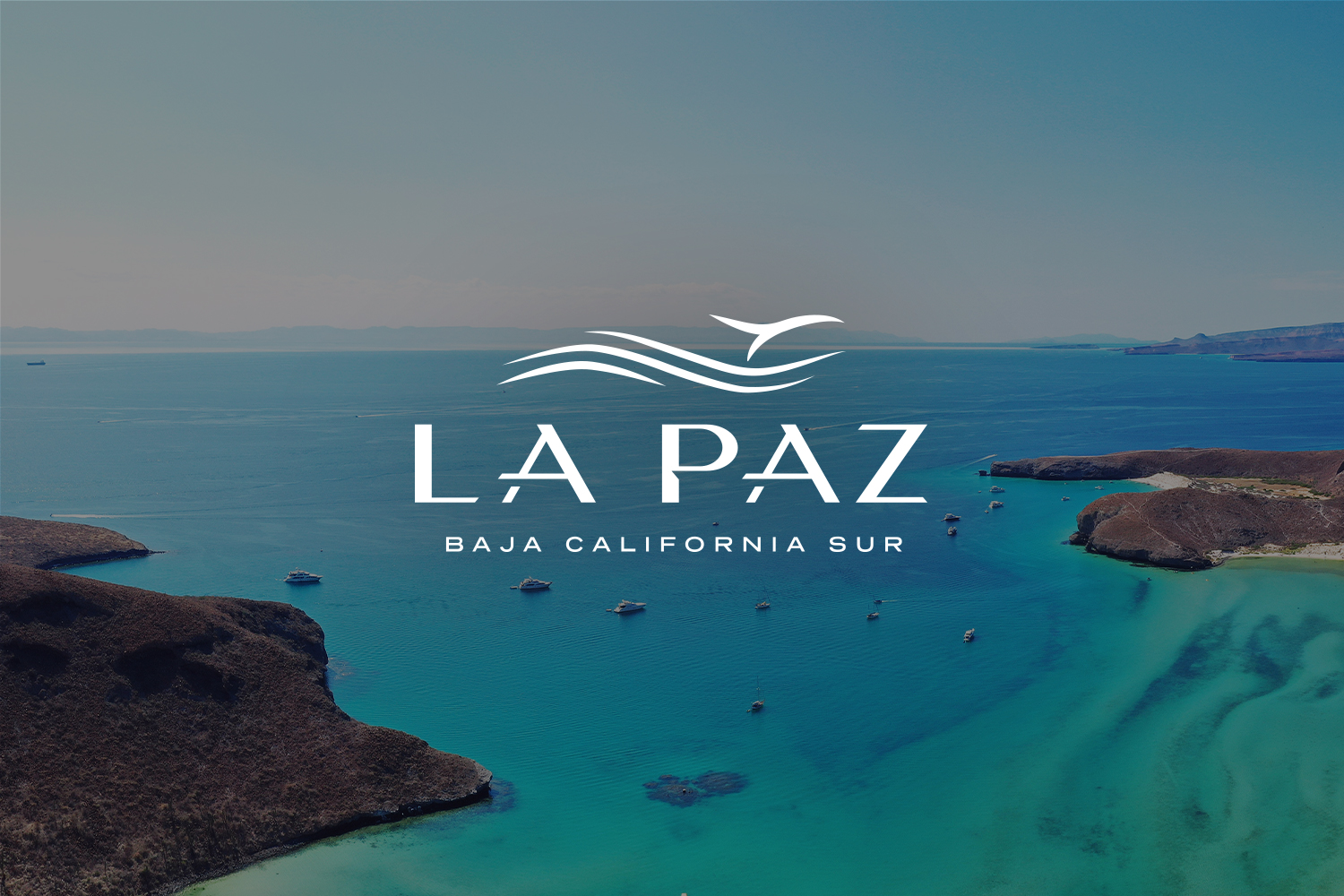“El muerto al pozo y el vivo al gozo” "The dead to the grave and the living to joy" And to enjoy the celebration of the Day of the Dead on November 1st and 2nd. This is a deeply rooted cultural mix in the country and such is the richness of this manifestation of mexican culture, that UNESCO included it on its list of the intangible cultural heritage of humanity in 2008.
“Al fin que para morir nacimos” (In the end we were all born to die) In this celebration death does not represent absence; it represents a living presence. Death is a symbol of life that materializes on the offered altar, it is considered a ritual that privileges memory over oblivion. November 1st corresponds to All Saints, a day dedicated to the dead little ones or children, and November 2nd to the Faithful Departed, that is, to adults.
“Al vivo todo le falta y al muerto todo le sobra” "The living lacks everything and the dead has everything left over." Every year at this time, many families place offerings and decorated altars. These are the essential elements that you will see in the offerings and their meanings:
- Water: Reflection of purity. It helps to quench the thirst of the soul that comes from a long way and fortifies its return.
- Candles: Its flame is the hope, the light and the faith that guides us in this and the next world.
- Copal and incense: Aroma that cleans and purifies the environment; it also drives away evil spirits.
- Cempasúchil: a beautiful yellow flower that, due to its smell and color, directs souls to their home.
- Wallflower and cloud flower: Colorful flowers that complement the yellow flower. Because of their purity and tenderness, they accompany the soul of children.
- Arch: it is decorated with the cempasúchil flower and fruit. It represents the entrance to the underworld.
- Cross: An element introduced during evangelization. It is placed on top of the altar; sometimes it is made up of ash, salt or marigold petals.
- Bread: it cannot be forgotten - it represents brotherhood.
- Petate: used for the rest of the souls.
- Photograph of the deceased: It honors the person who was while alive.
- Food: So that the spirits are fed with the aromas of the dishes that were their favorites
- Sugar skulls: they allude to death, always present
- Itzcuintli: It is a figure of a companion dog of souls that helps them cross the mighty Chiconauhuapan river, the last step to reach Mictlán (the underworld of Mexican mythology).
- Salt: It purifies and helps the body not to be corrupted during this trip.
- Papel picado (shredded paper): Its shapes and colors of great diversity are very representative in Mexican celebrations. It provides color and decorates the altar.

“No estaba muerto, andaba de parranda” "He wasn't dead, he was partying" In this colorful and beautiful celebration, the living and the dead meet. The souls return to rejoice with the dishes, fruits and drinks, and also to contemplate the cempasuchil flowers offered to them.
“De muertos y tragones están llenos los panteones” "Cemeteries are full of dead and glutton people" The tradition also often includes decorating graves with flowers and making altars on the tombstones. In ancient times they placed a path of marigold flowers and candles from the families' house to the cemetery , it was thought that this helped to guide the souls to travel on the right path after death.
“Ya colgó los tenis, ya estiró la pata, ya se petateo, ya se lo llevó la flaca” "He already hung up his tennis shoes, he already stretched the leg, he has passed away, the skinny one took him away" Don't die without first experiencing this Mexican wonder.

